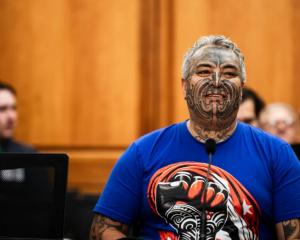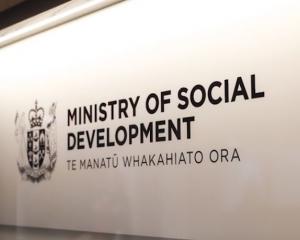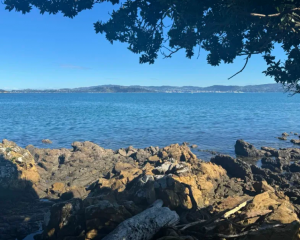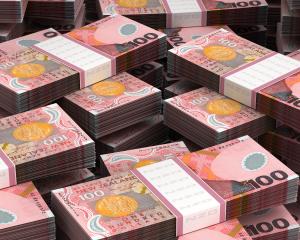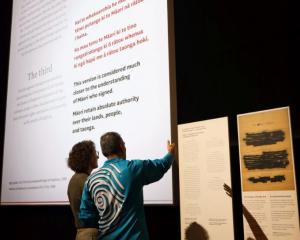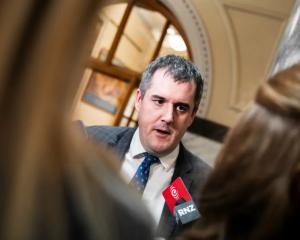The number of people sleeping rough in Auckland's streets and parks has more than doubled as the city's housing crisis deepens.
A City Mission count on October 19 last year found 147 people sleeping rough within a 3km radius of the Sky Tower - up 116 per cent from a count of 68 in 2013.
Although most were men, the count found a dramatic increase in women sleeping rough -- up from just seven in 2012 to 31 this time, or 21 per cent of the total.
City Missioner Diane Robertson said the main reason was a desperate shortage of affordable accommodation.
"Quite frankly there just isn't enough accommodation and at the end of the day we can't get people into emergency accommodation," she said. "Places like Monte Cecilia [emergency housing] can't get people out, so there is no 'in' because there is no 'out'."
Monte Cecilia Trust executive David Zussman said even many families with priority A social housing rating, which means "immediate need for action", could not get social housing in Auckland.
The national priority A waiting list was below 450 for at least a decade up to 2012, but ballooned to 1077 by the end of that year and reached 2810 last September.
City Mission crisis care manager Wilf Holt said another factor was the Government's welfare reforms, which had made it much harder to get benefits unless you proved you were seeking work.
"If you have [doctor's] certificates and all that, it's fine. If you haven't, you are out on the road," he said.
"You have Work and Income insisting that people get budgeting before you give them food. You are doing budgets for people who have got $30 or $45 for food after they have paid their rent."
Other factors included boarding houses forced to close because of escalating property values and redevelopments, growing numbers of unemployed young people, and a gradual improvement in social workers' knowledge since the first street count in 2004.
The latest survey found most rough sleepers are young adults. There were 14 teenagers, 25 in their twenties, 33 in their thirties, 15 in their forties and 29 aged over 50.
Just over half of those whose ethnicity could be identified were Maori (63), with 45 Europeans, 10 Pacific and three of other ethnicities.
As well as 147 rough sleepers, the survey classed an additional 25 people as "secondary homeless" including 10 in emergency accommodation, 10 in hospital, three in addiction "detox" and two in police cells.
A further six homeless people, not counted in the figures, were found sleeping in cars, and one middle-aged woman was sleeping in her wheelchair near the hospital.
- By Simon Collins of the New Zealand Herald

